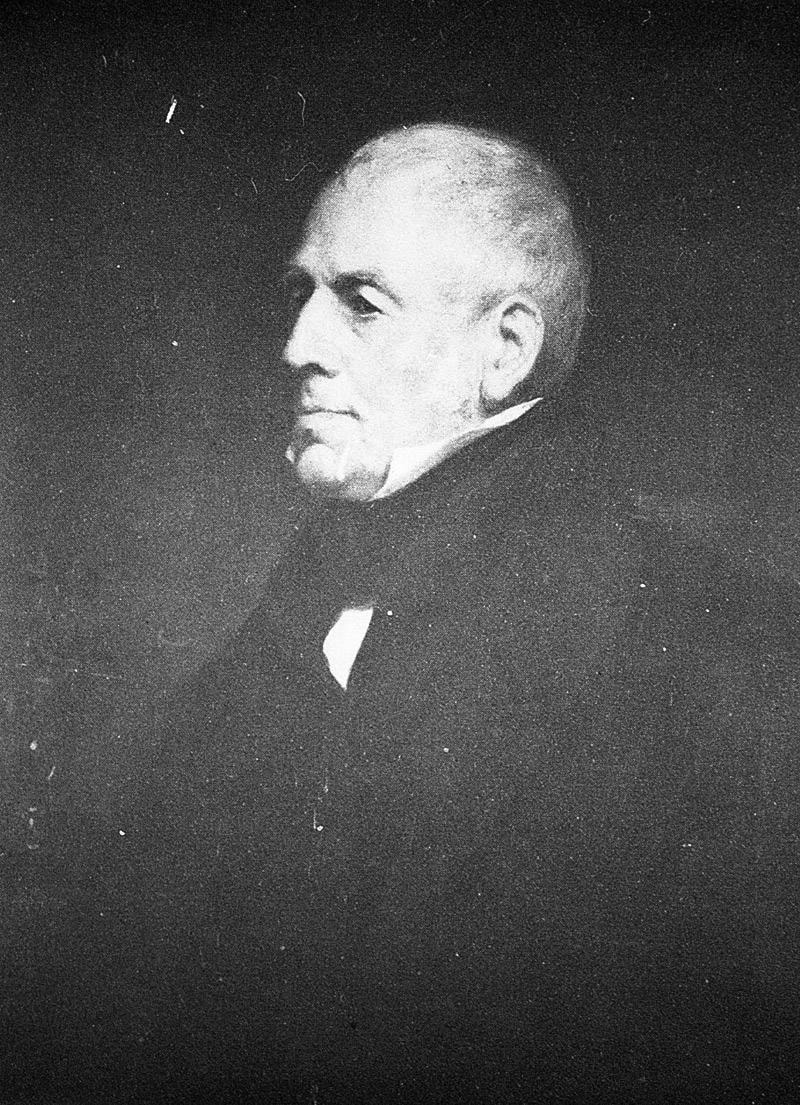By Erika Anderson
In 1754 in a large home near Perthshire, Scotland, Archibald Menzies was born.
Growing up in a large home in the Highlands whose gardens were famous throughout the British Isles and coming from a family with a history of interest in botany, Menzies developed an interest in the topic at an early age. When the time came to choose a vocation he decided to attend college in Edinburgh and study botany and medicine. After graduating in medicine and surgery, his first major contribution to science was at the age of 23 when he undertook a botanical tour of the Highlands and returned with dozens of previously unidentified plants and seeds. Shortly after his return he joined the Royal Navy.
After working as the assistant doctor on the HMS Nonsuch, he was sent to the Navy’s Halifax Station, and then worked on the trading vessel Prince of Wales. On the Prince of Wales he made his first trip around the world. Despite working as the ship doctor, he collected plant specimens and seeds from the places he visited, developing a reputation as an accomplished botanist. In 1790 he was appointed to go with Captain George Vancouver on board the Discovery, this time working as the botanist for the expedition.
In his work as the expedition botanist, Menzies had to track down and write the natural history of the countries the Discovery visited, identify all the trees, shrubs, plants, grasses, ferns, and mosses by their native names as well as their scientific ones, and to see if English crops would grow there. Menzies had to dry out specimens and collect their seeds, and if they couldn’t be grown from seeds to dig them up and transplant them. Menzies also kept a regular journal that detailed all things of interest to the British government, as well as a collection of animal specimens, minerals, clothes, weapons, and other implements of the native peoples. Menzies job was considered to be critically important by British government.
Menzies built a small glass house on the deck of the Discovery to house his plant specimens. This was a point of contention with Captain Vancouver, who did not appreciate having his deck space dedicated to the collection of plants. He proved to be a valuable addition to the voyage when the ship surgeon became ill and could not continue with the Discovery and the young botanist stepped in to take his place. Captain Vancouver was impressed with Menzies’ work and stated in the preface of his journal, “that not one man died of ill health under his care.”
A popular story of Menzies’ travels involves a banquet he attended held for the ships officers hosted by the Viceroy of Chile. When the dessert was being served he was unable to identify the nuts on his meal, so he slipped them into his pocket and planted them in his greenhouse upon returning to the ship. By the time the ship returned to Britain he had five young monkey puzzle trees, one of which lived in Kew Gardens in London for a century to come.
In 1792 the expedition reached the Campbell River area. One of the bays where he went ashore to gather plants now bears his name, located just to the north of what is now Campbell River. Near Menzies Bay, Menzies Mountain was also named after him, as were numerous plants that he discovered.
After the voyage of the Discovery, Menzies served with the Navy in the West Indies. When Menzies retired from the Navy he pursued his former career of doctor and surgeon at Notting Hill, London. Menzies died in 1842, at the age of 88.
The Museum would like to acknowledge 2016 work experience student Danyon Whyte for his research and contribution to this article. To learn more about some of the plants in our region join the Museum Heritage Interpreters July 28 and August 18 for their Fun Friday tour of the Museum’s native plant garden. For a fun introduction to this history for kids, Archibald Menzies will also be featured in the Museum’s Puppet Theatre this summer! See www.crmuseum.ca for details.
